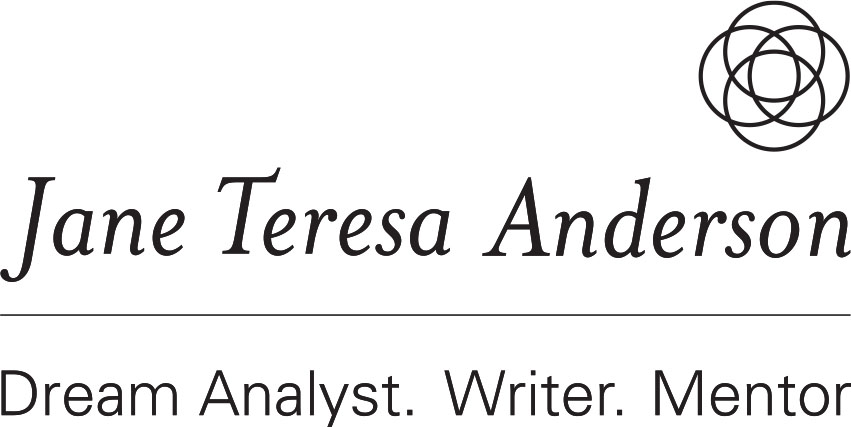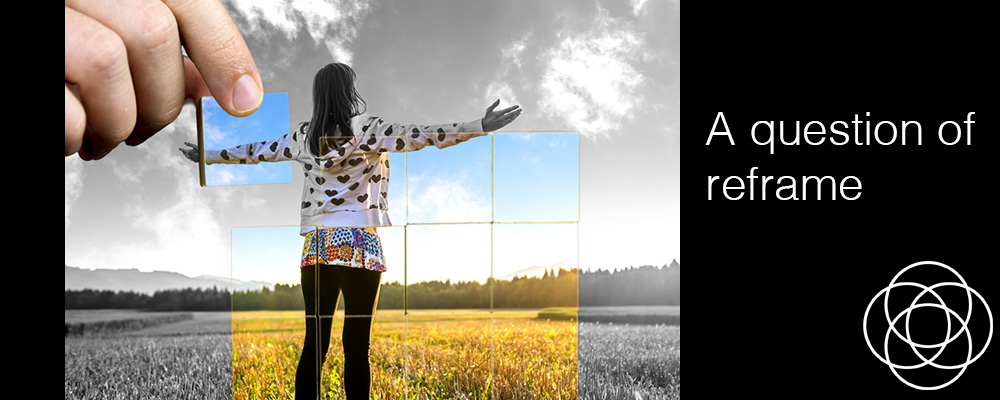To reframe or not to reframe, that is the question. How does reframing a situation help you deal with a sea of trouble?
Are there times when it’s more important to delve into that sea with eyes wide open, to feel it, to know it, to resolve and heal it, rather than to pretty it up? Or might you delve into that troubled sea with eyes tight shut in sleep, perchance to dream a clearer understanding of why you perceive trouble in the first place?
I’ll leave reframing Shakespeare, but let’s begin with that troubled sea.
Last month we enjoyed a holiday by the sea in South Australia. Most days we walked along the beaches early in the morning light, late in the evening towards sunset, and sometimes in the glorious hot sunshine of the day. These are amongst the most beautiful beaches in the world, long stretches of sand, clear turquoise blue water. It was deep summer, so most days were luxuriously warm, but, being South Australia, some days were also whipped by cold Antarctic winds.
On the couple of days when the weather was a bit wild, we stuck to our evening beach walk, wrapped in several layers of clothing, leaning into the wind one way, lifted off our feet the other way, our faces buffeted by stinging salty sand. For a brief moment it reminded me of being by the sea in Scotland, and so then, wham, I imagined we were enjoying a blustery walk along a Scottish beach. I was transported by the magic immediately, with no travel cost and no jet lag. Body and mind, I was in Scotland on a beach I loved long ago, not a drop of rain in sight.
Reframing that situation was easy and harmless. I was reframing my experience of a weather-troubled sea, not any inner emotional sea of troubles. And I got a bonus jetlag-free, travel-time-free, cost-free trip to Scotland as well.
There’s a pose in yoga that began to get to me late last year. It’s a simple pose, but one I didn’t enjoy doing. It was uncomfortable.
It’s chair pose, and involves squatting down as if you’re sitting on a chair, while extending your arms up beside your ears.
I had done it happily for years, but the extended holds, and perhaps squatting more deeply than I had done before, began to elicit a negative response.
As soon as chair pose was announced, I would hear myself think *#!@.
So I decided to reframe. I imagined sitting on a golden seat, feeling the solid support beneath my thighs, lifting my arms up in joy to embrace this moment of rest.
The reframing changed the feel of the pose, but the more important outcome was that it helped me to go into the pose more deeply, a kind of surrender that encouraged the physical changes my body needed to make me feel comfortable in the pose.
The yoga pose was hardly a troubled emotional sea either, but the story shows how reframing a situation you don’t like can go beyond transforming a dislike into a like. It can create deep change that promotes growth and eliminates pain.
One of the weirdest pain reframes that I have ever done, was perhaps my first.
I was aged about seven, sitting in the dentist’s chair, having a tooth drilled. This was back in the day when dental anaesthetics didn’t work that well, and you could still feel every grinding vibration of the squealing drill. I hadn’t heard about reframing, but the unexpected pain drove me there. This was my seven-year-old attempt: I told myself things could be worse. I could be in the jungle having my leg sawn off without anaesthetic. This dental drilling in a safe environment could easily be endured in the face of that. It worked. Perhaps it worked because my attention was diverted towards creating the alternative undesirable experience.
As I write this, I realise the “things could be a lot worse” statement was something my mother used to say, as was “do something to take your mind off it”. So, my approach wasn’t so original after all. It was due to programming, taking on the beliefs and framings of my mother.
My dental reframing has stayed with me as a useful tool in many areas of my life, as well as for its practical application in the dentist’s chair. I rarely accept anaesthetic for simple dental procedures, and instead reframe the situation as an opportunity to lay back in a comfortable recliner and enjoy total relaxation. It works. I get to practise identifying any physical tension and letting it go, and I emerge from the chair feeling totally refreshed, and able to smile and speak properly without numb lips.
Reframing is a valuable life skill that can lift us up when we’re feeling low, motivate and inspire us to discover new meaning and purpose, and enable us to see solutions where before we saw problems, light where we saw dark.
But is there a downside to reframing in some circumstances?
Might you sometimes choose to see something through a frame that makes you feel better, while the issue at heart remains unresolved, or slides from bad to worse?
Might your reframing of your job be stopping you from talking to your employer about a raise, dealing with a work issue, or finding a new way of making money?
Might your reframing of a relationship be blocking the opportunity to acknowledge, resolve, and heal a relationship issue?
Might your reframing of an addiction tighten its hold?
Might your reframing blind you to what you need to know and address?
Of course it’s all about your choice of reframe of the painful situation. One reframe might block acknowledgement of the issue at heart, while a different reframe gives you purpose and the resources you need to acknowledge, address, and resolve the issue.
From birth we begin to acquire our individual frames of perspective, our beliefs about the world. We learn, consciously and unconsciously, from our parents, guardians, relatives, friends, schools, cultures, the media, our personal experiences. We build our mindsets, our individual complex interconnected frames through which we further experience our lives.
Night by night, dream by dream, we process our experiences and either consolidate or change that mindset. When you know how to understand your dreams, you gain deep insight into your mindset, the various (and often unconscious) frames through which you perceive and interact with the world.
It’s here, in dreamwork, that you can effectively sort through your framing and do an inventory, keeping the helpful frames and acknowledging and transforming (reframing) the less helpful or damaging ones.
Dream alchemy is the tool of choice for reframing at this deep level if you want to see long-lasting, healing change.





